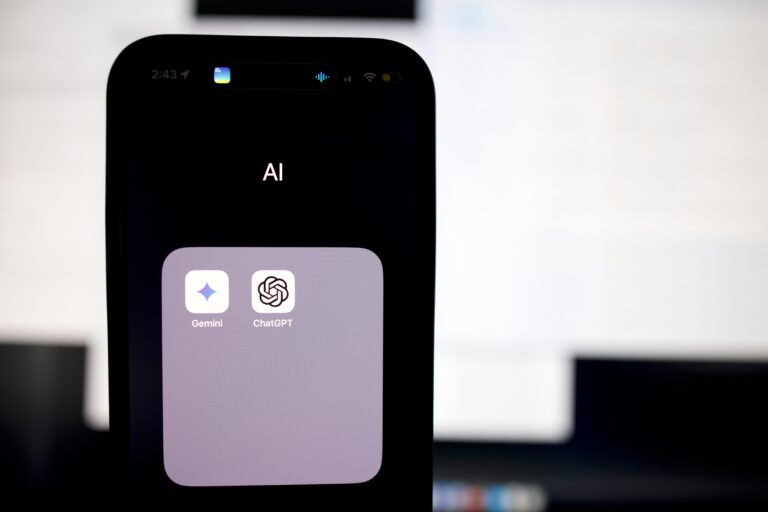Deep processing and shallow processing are two different ways of absorbing knowledge. Learn why deep processing matters in proper learning.
Why We Need To Engage In Deep Processing
When it comes to learning, people often describe the mind as a
computer. But that’s not quite right because the analogy makes it seem like human brains are robotic in
their ability to absorb information, that data enters the brain and then automatically becomes stashed away in a
mental hard drive.
But in order to learn, the brain needs to process information deeply, and studies show that we can’t gain any
sort
of new skill or expertise without really engaging in an idea or skill or bit of knowledge.
You can be motivated to learn but if you use a shallow strategy, you won’t learn,” Psychologist Stephen Chew
Processing Information Meaningfully
Stephen Chew has written thoughtfully about this point. A professor at Samford
University,
Chew is one of Ulrich’s favorite observers of the new science of learning, and he has put a together a wonderful
study guide for college students.
Some time ago, Chew sent Ulrich an email, giving an example of how the brain needs to meaningfully process
information in order to learn it. He makes the point that people need to find information meaningful in order to
really gain any sort of expertise and describes an informal experiment that he’ll do with audiences.
With Chew’s permission, here is Chew’s description in full:
“I give workshops to various groups (faculty, student life staff, students, and tutors) on how people learn to
help
teachers teach more effectively, students learn more effectively, and support staff and tutors teach students to
learn more effectively. In my workshop, I almost always include a demonstration of deep processing and learning
that
is based on research first published in 1969 by Thomas Hyde and Jim Jenkins (who was my grad school advisor).
“The amazing thing to me is that this simple principle has been well-established for about 45 years but is
largely
unknown outside cognitive psychology. And even most cognitive psychologists have never thought about its
implications for teaching.
If you use a deep processing strategy, you will learn whether you intend to or not.”
“The basic idea is that if you think about information meaningfully (deep processing), you are much more likely
to
remember that information than if you think about at a superficial, meaningless level (shallow processing). And
this
is true regardless of whether you intend to learn the material or not.
Pleasantness vs. Checking For An ‘E’
“When I do this demonstration to a large audience, I divide them up into 4 groups without their being aware of
it. I
hand out a sheet of instructions, but there are actually 4 versions of instructions. The instructions say that I
will read a list of 24 words. For each word, they need to carry out a task. For half of the audience, the task
is to
check “Yes” if the word contains an “e” or “g” (Hyde and Jenkins used just an “e” but latter Jenkins changed it
to
both an “e” or “g” to make it a bit more interesting).
“The other half of the audience checks “Yes” if the word is pleasant to them or “No” if it is not. So half are
getting E/G checking and the other half are getting Pleasantness rating. Now half of each of those groups is
warned
that they will be asked to recall as many of the 24 words as possible after the task is over. The other half are
not
warned. This creates 4 groups, based on the kind of task they do and whether or not they were warned about
recall.
The amazing thing to me is that this simple principle has been well-established for about 45 years but is largely unknown outside cognitive psychology.”
“The pleasantness and E/G checking tasks are called orienting tasks because they make people process information
in
a certain way regardless of their intention. Hyde and Jenkins found that orienting tasks that induce deeper
processing (pleasantness) lead to better recall than shallow ones (E/G checking), regardless of people’s
intention
to learn.
“I read the list of 24 words and everyone carries out their orienting task. After reading all the words, I then
ask
everyone to recall as many of the words as possible. When they can’t recall any more, they count up how many
they
recalled. We then do a poll to find out which of the four groups recalled the most words.
 Samford
University Professor Stephen Chew
Samford
University Professor Stephen Chew
“The deep processing groups recall the most words, regardless of
whether
they were warned about the recall task or not. And the shallow processing groups recall fewer words, once again
with
no difference between those who were warned about recall and those who were not. So people who processed words
deeply but were not expecting the recall task remember many more words than people who did the shallow
processing
task but were warned about recall.
Good intentions cannot overcome bad study strategies.”
“It shows that depth of processing matters more than intention. You can be motivated to learn but if you use a
shallow strategy, you won’t learn, and if you use a deep processing strategy, you will learn whether your intend
to
or not.
“I sum it up by saying that ‘Good intentions cannot overcome bad study strategies” So teachers need to think of
their teaching assignments and activities as orienting tasks, and students need to think of their note taking
and
studying in terms of depth of processing.




4 thoughts on “How Deep Processing Shapes Learning”
Thanks
Would like to understand and learn more about this topic
I love this
What other scientific studies or books about deep learning strategies can Dr. Chew tell us about?